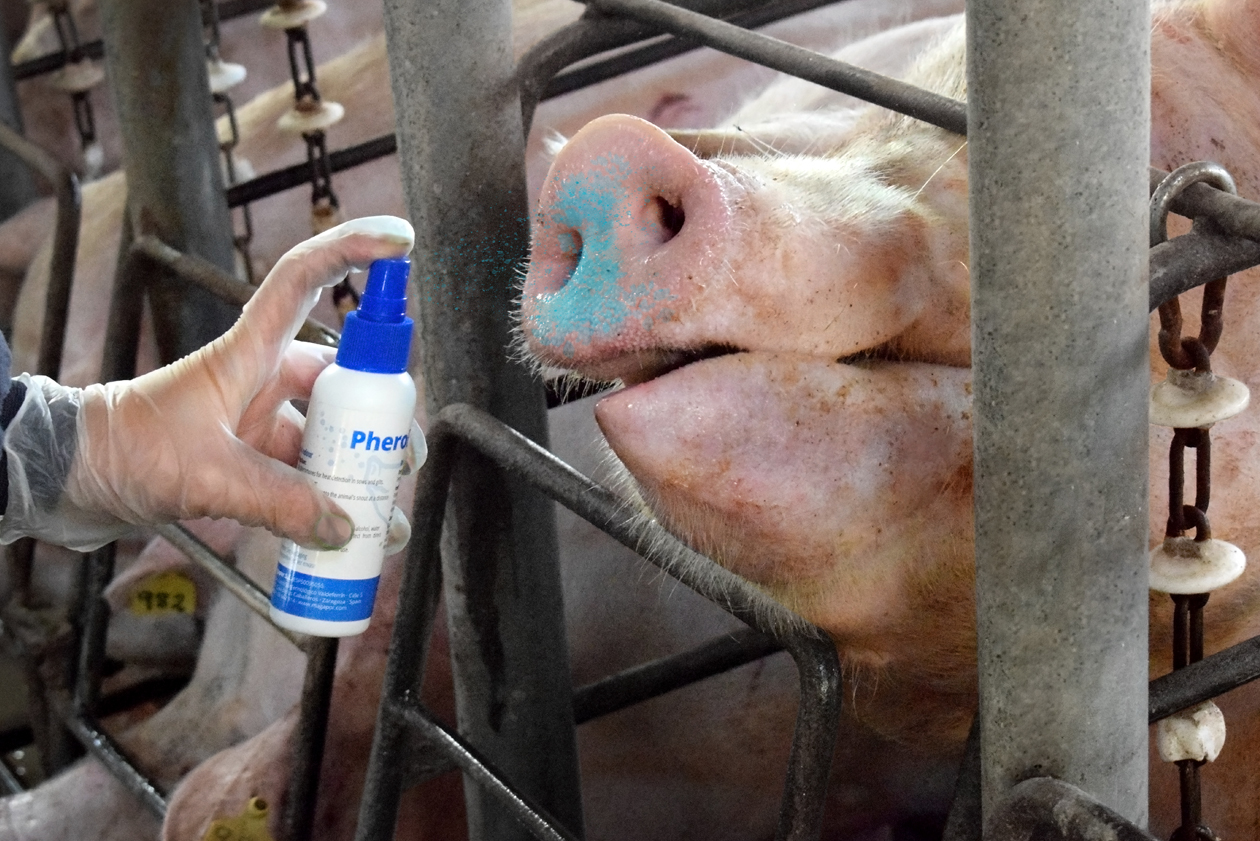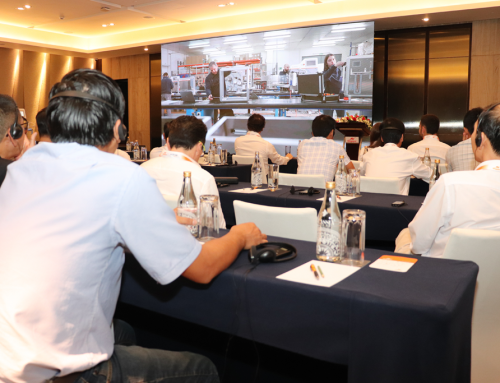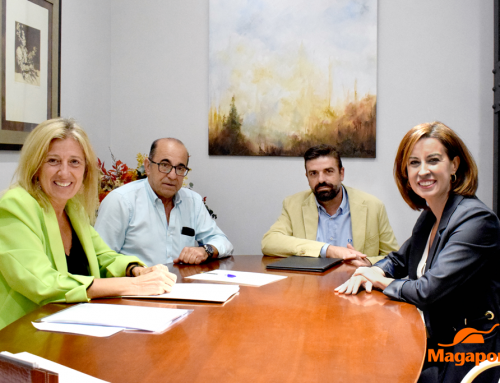The sow’s estrous cycle occurs every 18-24 days, as the domestic sow is a non-seasonal polyestrian. However, the cycle may be interrupted during pregnancy, lactation or in the presence of certain endocrine changes. The high temperatures of the summer months are another factor that modifies the cycles of sows, causing the “seasonal infertility syndrome”.
This syndrome can be defined as a decrease in the reproductive function of the sow (delayed puberty in gilts, early cessation of pregnancy, prolongation of the weaning-estrus interval and decrease in fertility) at a certain time of the year.
To reduce the effects of high temperatures, it is advisable to take a number of preventive measures, such as:
- Controlling the photoperiod throughout the year
- Efficient ventilation and cooling
- Optimising feed intake
- Use of drinking water as a heat conductor
- Use of exogenous hormones as a treatment
Oestrus detection is key to improving productivity
Correct heat detection is essential to reduce unproductive days and increase farm productivity. High temperatures make this detection more difficult, but we can use some tools to make the job easier.
PheroBoar is a set of synthetic pheromones with a sprayer to detect oestrus in sows. It is a tool that helps to detect oestrus during problematic periods (high temperatures). It also stimulates estrous and sexual response in sows, improving fertility and reducing non-productive days.
The cost of a non-productive day is 3-3.5 Euros per day, by including PheroBoar as a management tool you can improve heat detection and reduce non-productive days, improving insemination rates and productivity.




